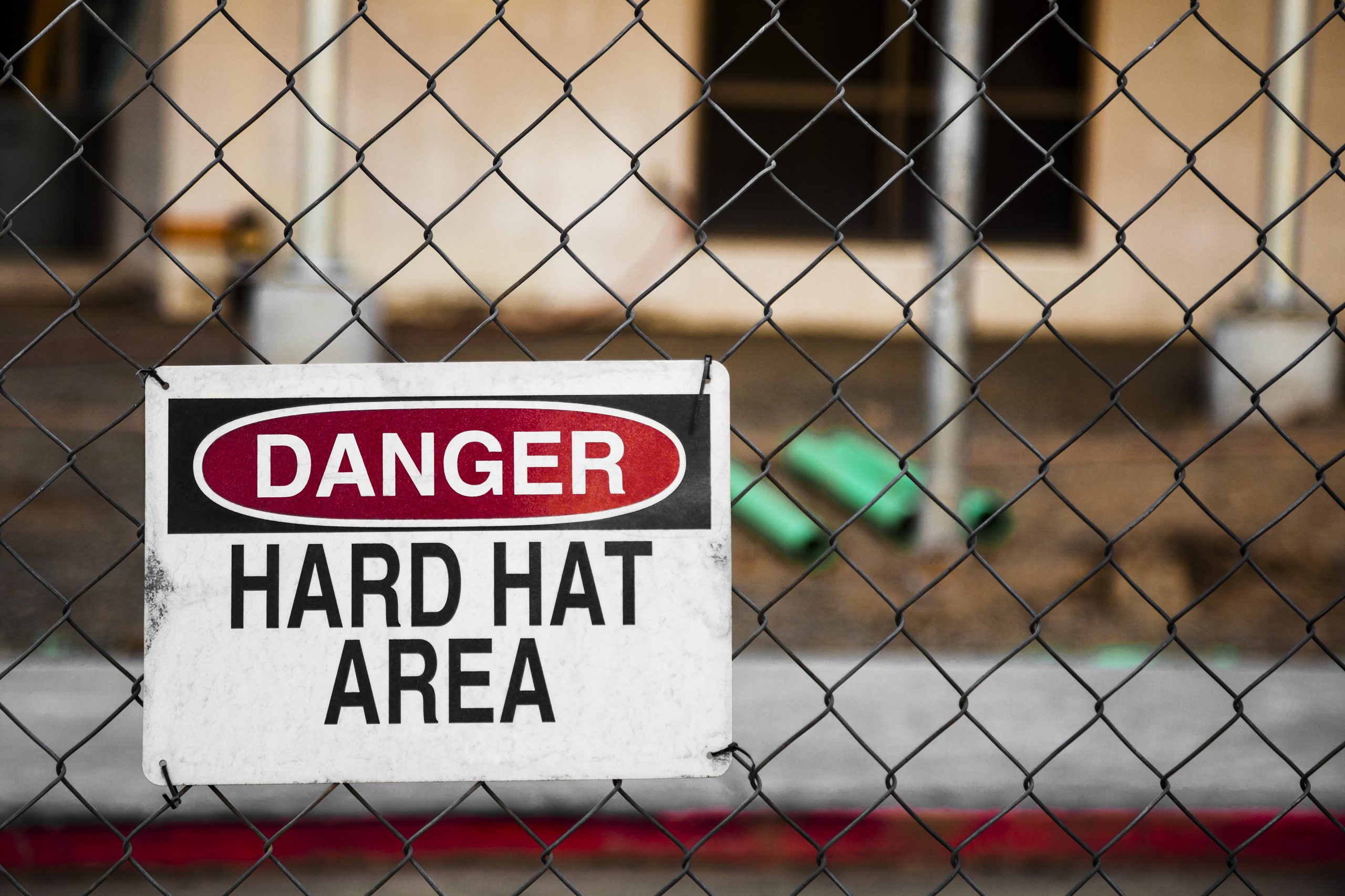Signs, pamphlets, talks, and meetings all tell a story about safety. But it’s up to an organization to determine whether that story is fact or fiction.
Employers run into issues when there is a clear disconnect between the company’s safety message and their safety reality. Employees are the first to take notice when an organization’s actions and culture deviate from their missions, announcements, and communications. Frontline employees are the most vulnerable when safety standards are not followed. Organizations with issues may not realize they need to change or address their safety habits until a major incident happens.
So how can employers align what they say about safety with how they act to retain employees, reduce accidents and injuries, and see the full benefits from a culture of safety?
What is Being Said vs. What is Being Done
Effective safety messaging begins when an organization states that safety is important. The second step is how the organization follows through on that message.
Organizations that set clear safety goals, communicate the importance of safety to their employees, and act on what they say, reap the benefits of a proactive safety culture. These organizations find their employees more engaged while reducing the number of near misses, incidents and injuries sustained by employees.. It’s necessary to build out each incremental point in between to fully realize an organization’s safety action plan. But the main pillars are straightforward: Communication and action.
Employers going through the motions, hanging signs and handing out materials without following through to ensure safety protocols are being maintained are doing a disservice to themselves and to their employees. A sign that says that proper lockout procedures should be followed is worthless if there is no accountability that the procedures are actually being followed.
Safety is not a self-fulfilling prophecy. It is a mindset and standard that needs to be regularly reinforced, evaluated, and built upon to continuously improve.
From the Top Down
Management sets the tone for how the rest of an organization will act, and directly impacts the safety culture of an organization. Management can demonstrate commitment to safety in many ways, and by incorporating and integrating safety
language into applicable policies and procedures, employees will trust that the company truly values them and their safety. Leaders who can call out progress and improvements in safety with concrete examples drive employees to adhere to safe work habits for their own chance to be recognized and acknowledged.
Call and Response
The best communicators are good listeners. This is why part of sending an effective safety message is also listening to employees. Employees will be the ones to say which processes are effective, which processes need additional work, and how workstreams can improve overall.
Leaders should constantly look to improve their safety standards as this creates more efficient teams and workflows which will also reduce risks and hazards. Actively sourcing feedback from employees and implementing changes based on the most common issues makes safety improvements easier to find and address. Organizations that make safety a conversation rather than a lecture helps employees feel more respected and more willing to go out of their way to ensure safety is the top priority.
Leaders also need to familiarize their employees with the language of safety. Enrolling employees in external safety training can provide employees with common safety foundations and leadership skills to boost their confidence when bringing attention to potential hazards. It also shows employees that leadership cares enough about them to provide them with additional knowledge and skills while growing their professional talents.
Amerisafe Group can further help employers better engage with their employees by providing a thorough snapshot of an organization’s safety needs with the P3 Safety Culture Analysis™. Amerisafe Group (ACSS) utilizes 30 unique KPIs to present a fundamental view of the business’s current safety landscape to work with organizational leaders to build a specific action plan that establishes and strengthens an internal safety culture. This helps an organization craft safety messaging around its holistic safety action plan and the follow-up steps to ensure its goals are met.
Amerisafe Group provides the information and services to help companies develop safety leaders and improve overall safety performance.







